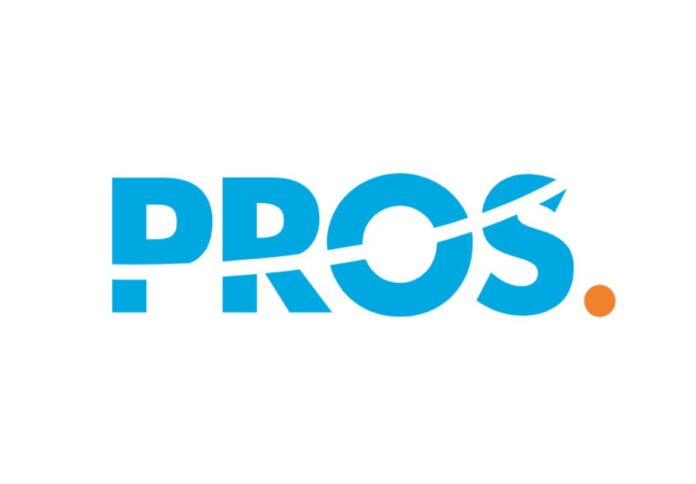
Article by Josh Bardell, Lead Strategic Consultant at PROS
If done correctly, pricing is the most sustainable lever businesses have against inflation and overall market volatility. This is especially true for manufacturers that are under pressure from supply chain disruption and labour shortages because they are at risk of either absorbing costs or passing them onto the buyer.
If pricing products correctly wasn’t already difficult enough, inflation in Australia has increased to 6.1 per cent, a height not reached for two decades, according to the Australia Bureau of Statistics.
This situation is unlikely to ease, 68% of manufacturers agree that inflation is likely to remain elevated at the end of 2022 and nearly three-quarters say they will need to increase prices to offset costs, according to a PwC Pulse Survey.
With inflation on the rise, manufacturers need to look for every opportunity to adjust pricing strategies that allow them to move as quickly as the market fluctuates. By optimizing both sides of the margin equation, cost and price, manufacturers can aim to drive profitable growth, and strengthen customer relationships:
Harness artificial intelligence (AI) technology
As the digital economy evolves, manufacturers need better visibility into market dynamics so that they can react in real-time to protect margin. This is important as costs are fluctuating and new players are entering the market.
When it comes to setting and updating pricing, manual methods no longer suffice. Manufacturers need to move from spreadsheet-based tools to streamlined platforms that consider market variables, cost, customer information and competitor pricing, suggesting smarter pricing that enables a clear pricing strategy.
By leveraging advanced AI technology, automated workflows and a robust price calculation engine, manufacturers can better understand and manage pricing complexities created by constantly changing market conditions, buyer behaviour and multiple sales channels – ultimately delivering profitable prices for all.
Enhance employee efficiency
With inflation at its highest point in decades, manufacturers are feeling the squeeze. The accuracy of AI-enable pricing technology will help manufacturers to give their employees the confidence to execute sales without the fear of making mistakes and drive new levels of negotiations beyond mere pricing discounts, to shared business challenges instead.
According to Hanover research, 70 per cent of buyers agree that personalised recommendations are empowering them to obtain more value from their vendors and more than half (53 per cent) of respondents say that they would pay as much as five per cent more for these recommendations – a staggering premium for purchasing teams who are usually incentivised to find the deepest discounts.
Narrow the focus
Transactional pricing strategies are outdated and don’t account for rapidly changing markets. Manufacturers that think of pricing only as transactional will be left behind. Instead, manufacturers should recognise the room for flexibility beyond simply raising prices due to rising inflation rates or dropping them because a competitor dropped their rates.
Strong pricing strategies have guidelines to ensure pricing is market-relevant and doesn’t fluctuate dramatically without cause. At the same time, understanding profitability and underperforming products is key to containing costs. Manufacturers need transparency from base prices all the way down to margin, to understand pricing levers that can be pulled to gain a competitive advantage.
This is where AI-based price optimisation and management comes in. These capabilities enable manufacturers to better prepare with predictive analytics to forecast price fluctuations. As a result, manufacturers can deliver tailored, market-relevant prices in real-time, which is essential to creating a streamlined pricing strategy.
Looking ahead
In summary, the way manufacturers price a product has a knock-on effect to their customers. Those that are able to deliver market relevant pricing will be able to gain a competitive advantage despite the current economic slowdown.
There will always be factors impacting the markets, and in turn, pricing and margins. Now is the time for manufacturers to embrace innovative tools like AI-driven dynamic pricing to help contain costs.



















